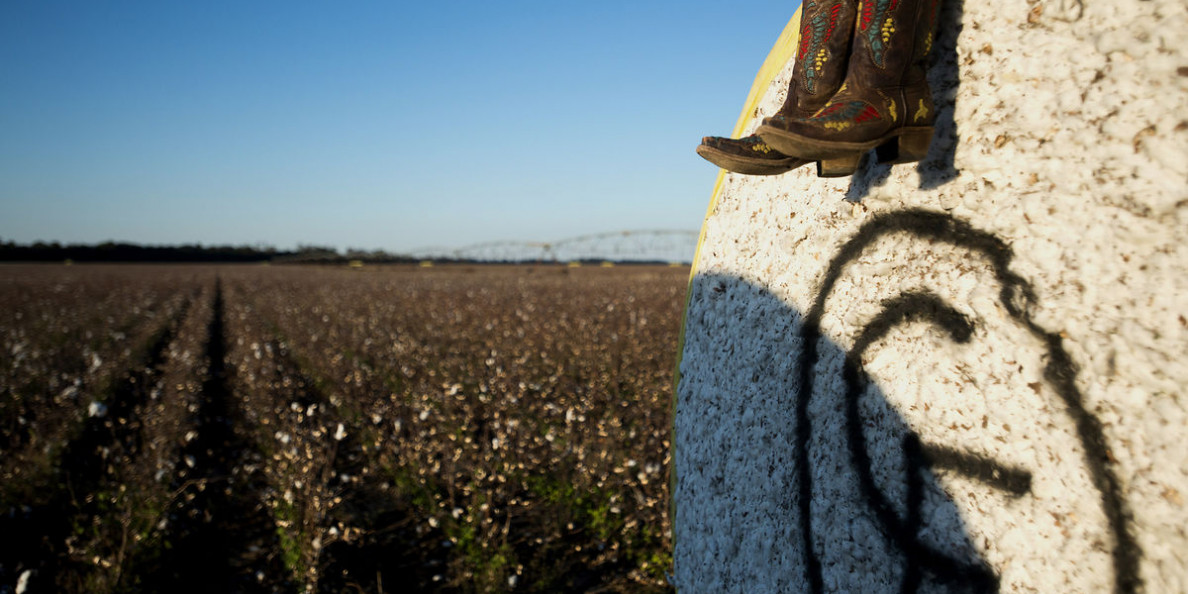Demand, speculation, and consumer awareness of natural fibers are all driving the cotton price, while the new crop situation is healthy.
Recently, the Confederation of Indian Textile Industry (CITI), India’s largest textile mills federation, made a clarion call to bring stability to cotton and yarn prices by avoiding panic buying and having minimal stock. In communication to federation members, T. Rajkumar, Chairman of CITI, brought attention to the fact that there has been a record crop in India and that the new season has started with an opening stock of 7.5 million bales (170 Kgs/bale).
According to the United States Department of Agriculture, global production and consumption in 2021/22 will be higher with ending stocks lower than the previous year. This is indeed positive news for the cotton textile sector in terms of demand for cotton products.
With healthy cotton crops in India and the U.S. this year, the global textile industry is hoping that the market will cool down early December. Textile industry leaders are advising against stockpiling, as expressed a few days ago by Velmurugan Shanmugam, General Manager of a 70,000 spindles cotton yarn mill in Arruppukkottai, India.
United States production this marketing year (2021/22) is expected to be 18.2 million bales (480 lbs. each), with exports projected to be 15.50 million bales. Cotton exports from the United States remain strong with good demand from Pakistan, Vietnam, and Turkey. China is still the number one importer of U.S. cotton.
The High Plains of Texas is having a good crop this year with 3.5 million bales (480 lbs. per bale) expected in the area serviced by the Lubbock Classing Office – substantially higher than last year’s production. “It is a big crop, and the quality is good,” stated Danny Martinez, Area Director of the classing office.
Data from 700,000 bales classed so far this season shows average strength around 30.53 g/tex, staple length of about 36.18 mm, and 48% of micronaire in the premium range.
In India, while production is slightly higher than domestic consumption, supply is expected to be tight with exports pegged at 5.80 million bales. According to USDA, India’s domestic consumption will be about 25.8 million bales (480 lbs. each), showing strong demand.
Arrivals have been picking up in India, and spinning mills associations are encouraging cautious handling of the situation so that an unwarranted hike in prices can be softened. As it is slowly happening and expected by end-users, prices will soften by December, which is eagerly awaited by manufacturers and consumers.
Recent happenings in the cotton textile supply chain have shown that the demand for cotton products is real and growing – an encouraging trend for farmers and the manufacturing sector.
Having just come out of the United Nations’ COP 26 Summit, the need for sustainable products will be growing, which is a positive sign towards a sustainable world and the consumption of natural products.
Dr. Seshadri Ramkumar is a professor in the Department of Environmental Toxicology and The Institute of Environmental and Human Health at Texas Tech University
Πηγή: Cotton Grower


